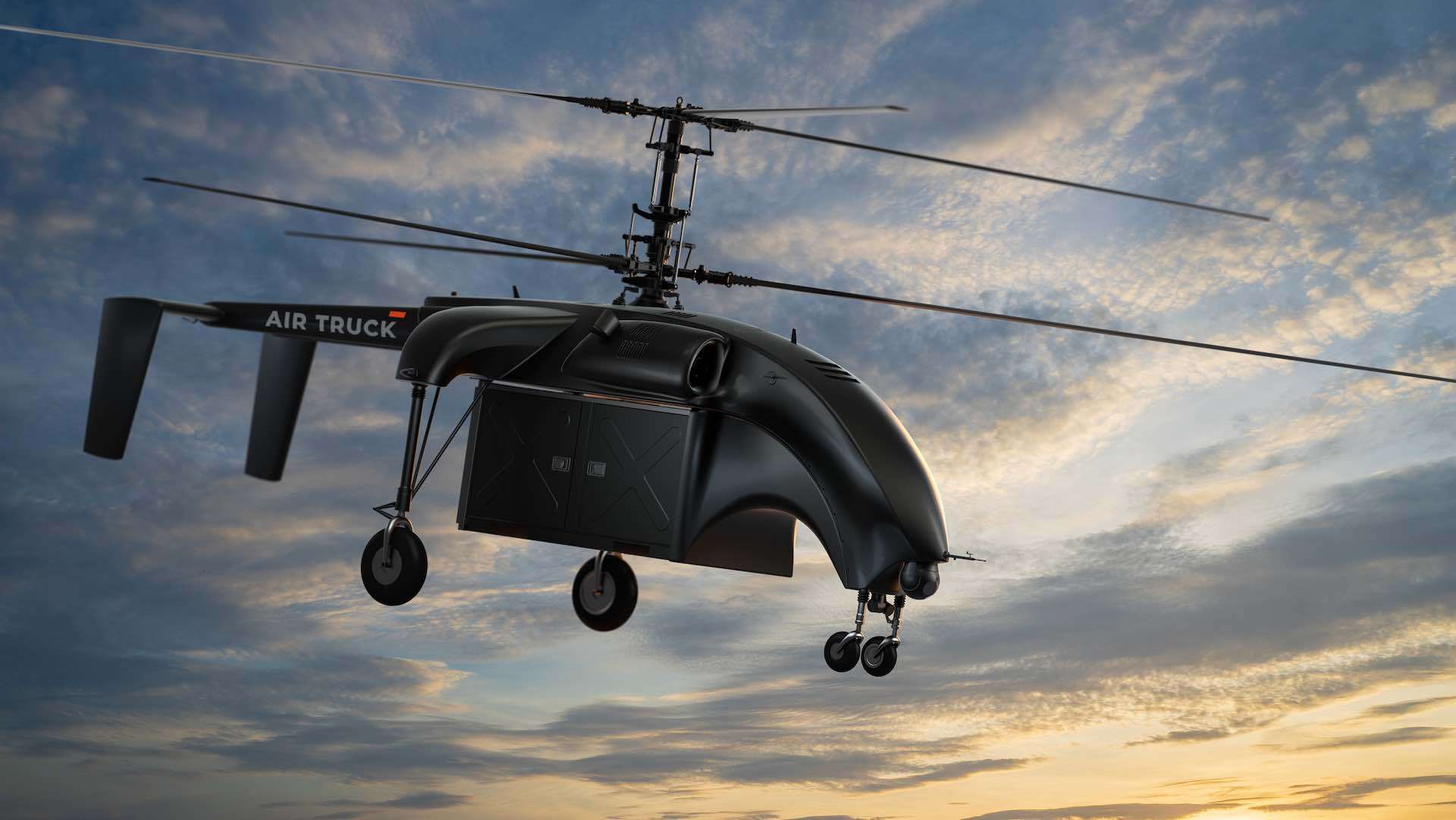EDGE today unveiled 11 new innovative unmanned and autonomous solutions with enhanced capabilities for application across the air, land, and maritime domains on the opening day of the International Defence Exhibition and Conference (IDEX 2023). These achievements reinforce EDGE’s position as one of the world’s leading defence groups, and as an emerging leader in the development of technologically advanced autonomous systems.

The QX6-50 is another addition to the QX range, developed for logistics purposes. The rotary-wing unmanned aerial vehicle (UAV) can carry a 50kg payload for up to 200km and is highly modular with other QX variants. Instrumented Testing Platform is a fixed-wing UAV that enables in-house flight testing of air-to-surface munitions to accelerate development and reduce time to market.
EDGE showcased two unmanned traffic management (UTM) solutions after investing in UTM provider High Lander. Real-time, autonomous monitoring of drone activity and flight plans is possible with Universal UTM. It can approve or deny flights, suggest alternative routes, and react to mid-flight changes.
During the event, the interactive Mission Control Platform offered real-time airspace control as well as automation and control of drone fleets. With a majority stake in Estonia-based Milrem Robotics, EDGE showcased three of its cutting-edge unmanned ground vehicles (UGVs). THeMIS Combat UGV provides high-precision direct fire support for manoeuvre units and acts as a force multiplier, while THeMIS Observe UGV performs tactical reconnaissance day and night.
As a wingman to mechanized units, the Type X Robotic Combat Vehicle (RCV) provides overmatching firepower and tactical versatility on the battlefield alongside traditional infantry fighting vehicles (IFVs). In addition to Milrem Robotics’ unmanned systems, MIFIK provides autonomous capabilities and a command-and-control system designed specifically for robotic systems that integrate multiple dissimilar unmanned aerial and ground assets.
This year, EDGE presented NIMR RCV, an 8×8 Robotic Combat Vehicle (RCV) concept built for tactical mobility, maneuverability, and speed. By increasing standoff distance from enemy units, the modular platform can reduce lethality risks. ADSB’s 170 Detector USV performs a range of surface warfare, surveillance, and mapping missions for naval and civilian forces during maritime ISR and underwater mine detection missions. 17m long, it can operate silently for four hours on electric power or at 40 knots on diesel power.
